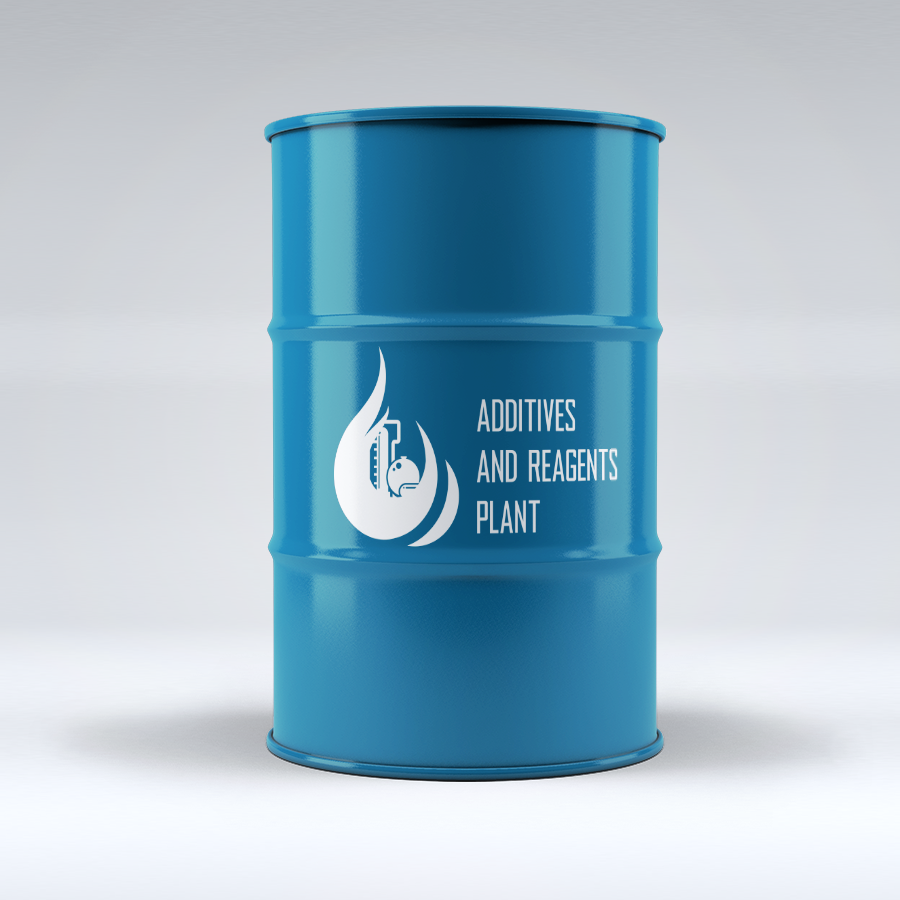A colourless or coloured liquid obtained by diaphragm electrolysis of a solution of table salt, after which the electrolytic liquor is evaporated to the desired concentration, usually 42-50%.
Application:
In chemical industries, it is used for neutralisation of acids and acidic oxides, as a reagent or catalyst in chemical reactions, in chemical analysis for titration, for etching of aluminium and in production of pure metals, in oil refining for production of oils.
For the production of biodiesel — derived from vegetable oils and used to replace conventional diesel fuel. To produce biodiesel, one mass unit of alcohol is added to nine mass units of vegetable oil (i.e. a 9:1 ratio is observed), and an alkaline catalyst (NaOH) is used. The resulting ester (mainly linoleic acid) has a good flammability provided by a high cetane number. Cetane number is a conventional quantitative characteristic of the ignitability of diesel fuels in the engine cylinder (analog of the octane number for gasoline). Whereas mineral diesel fuel has a 50-52% cetane rating, the methyl ester has a 56-58% cetane rating. The raw material for biodiesel production is a variety of vegetable oils: rapeseed, soybean and others, except for those with high palmitic acid content (palm oil). In its production, the esterification process also produces glycerine, which is used in the food, cosmetics and paper industries, or converted into epichlorohydrin by the Solvay method.

